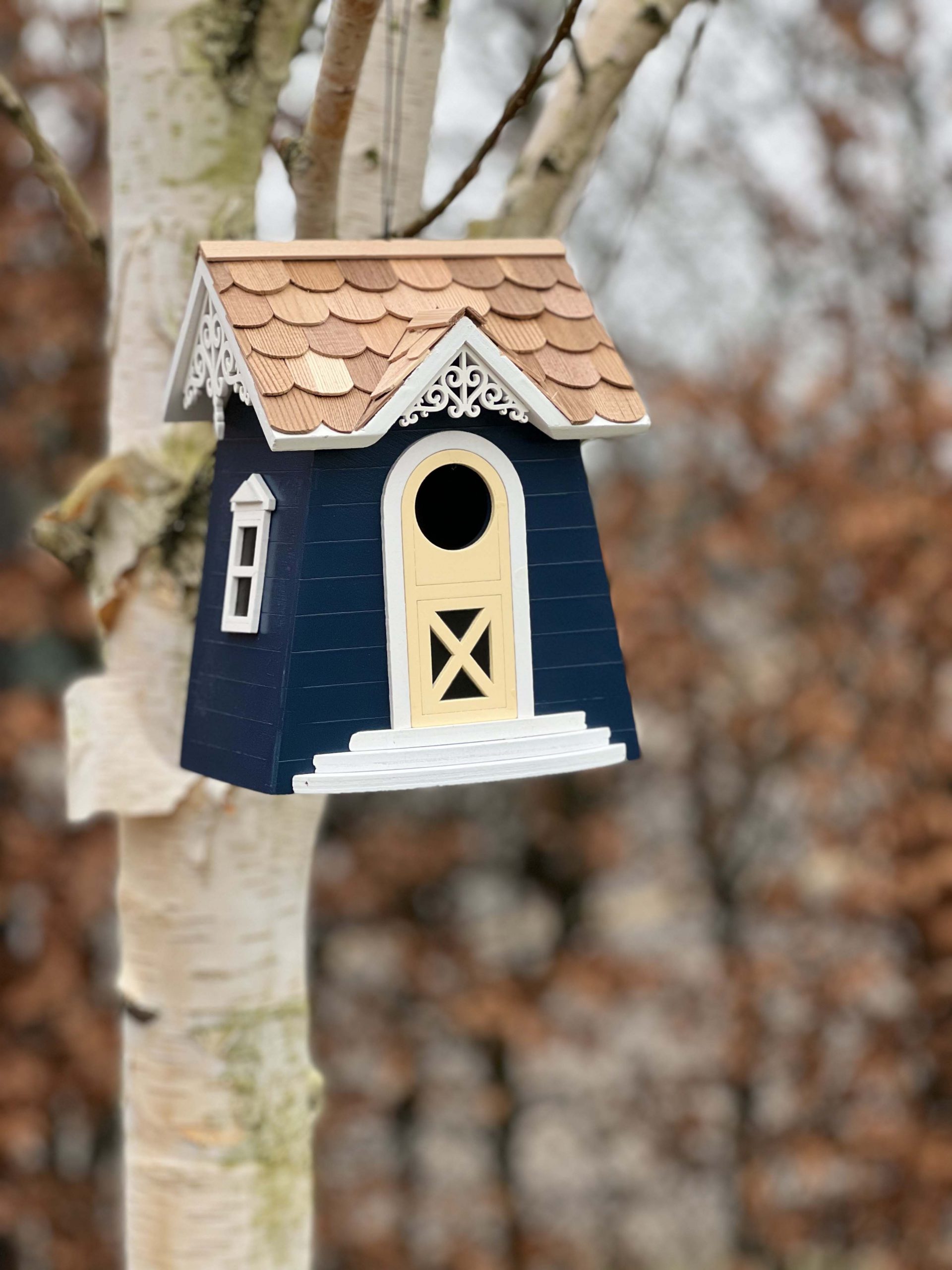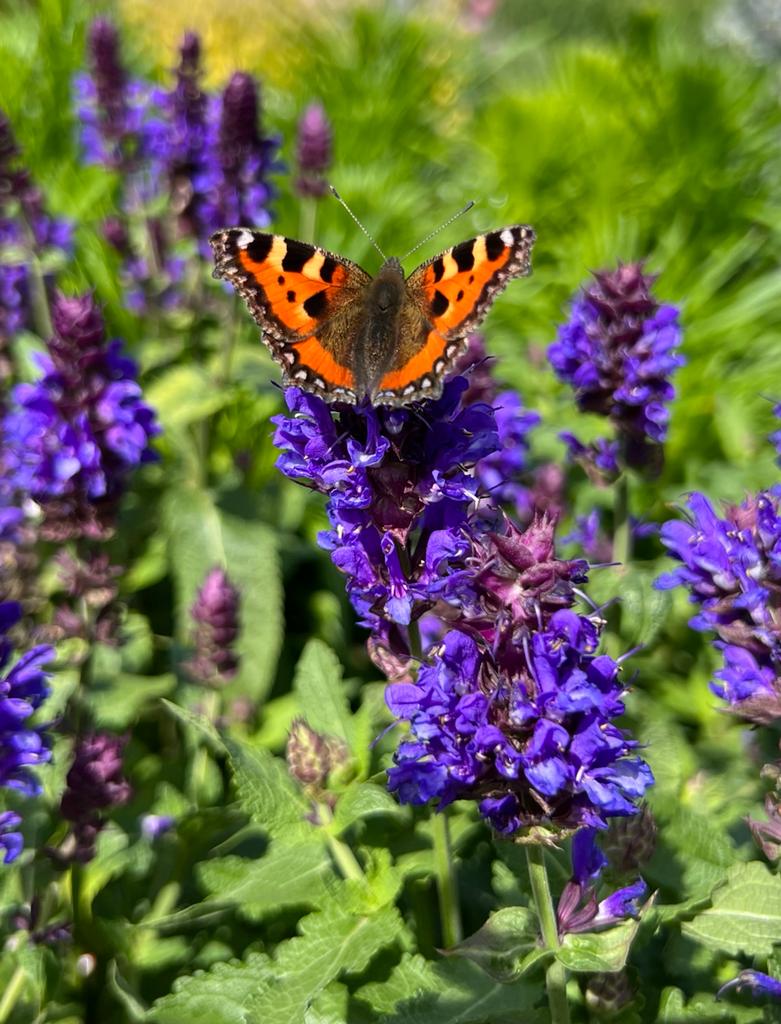Blog, Gardening Advice
Ready to Spring into action?
March is here and although the weather may not be very seasonal as we would like, we are very much ready for those warmer days to come. However, for us gardeners March is the month we are can get our hands dirty. There’s plenty to sow, plant and prune, so we have put together our top jobs to do this month.
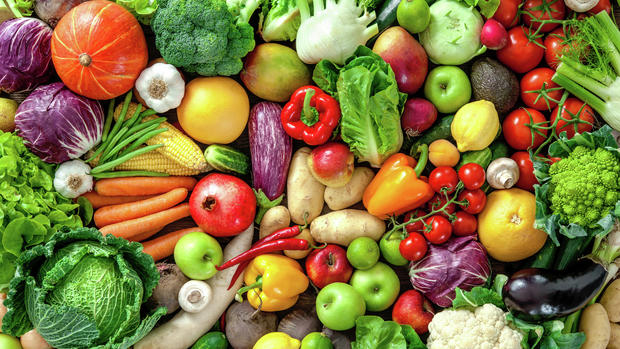


VEGETABLE GARDENING
What can you plant now?
Broad Beans
This easy-to-grow crop produces tender beans in large pods. You can either sow direct into the soil (once the frost has passed), spacing the seeds 30cm apart. Or, you can also grow them in pots and the young shoot tips can be used in salads.
If the soil is very wet, sow these into modules for better results.
Chard
Swiss chard is a great vegetable to grow for beginners, and these can we sown in pots, direct in the ground or even in a grow bag for ease! If you pick them regularly you can enjoy the baby leaves in salad or leave them to grow a little longer, and you can steam the leaves like spinach.
Chillies
Chillies do best in pots and can be grown on a sunny windowsill or in a greenhouse. Choose compact, small-fruited varieties and early ripeners for a more reliable harvest in cooler weather. Sow on to the surface of multi-purpose compost and cover with a thin layer of compost or vermiculite.
Find everything you need to get sowing via our website in our propagation section >
TOP TIP!
Feed flowering shrubs, scatter some fertiliser that has been formulated to encourage flowering on the ground. Rake this in lightly and then water, for best results you can add some mulch in the compost too.
Don’t worry about shrubs such as rosemary, lavender, sage and heathers, as they grow naturally on poor ground.
You can plant first early potatoes this month, make sure they are chitted first! You can do this by placing them in an egg carton, in a cool bright place for 4-6 weeks to sprout. Shop our seed potatoes here >
Plant onion and shallot sets and cover them with netting, as pigeons love to pull up the young seedlings. If the ground is still to wet and cold, you can plant these into plug trays and keep them in a greenhouse or cold frame. Then once the soil has warmed up you can plant them directly. Be sure to keep them weed free and water regularly!

TOP TIP!
As part of your Spring clean, be sure to weed your vegetable beds and mulch with well-rotted farmyard manure or garden compost to get them ready for planting.


FLOWERS & SHRUBS
We have a great selection of Summer bulbs in store and online, so whether you want to create a potted arrangement or you’re planting a whole bed of flowers – we’re sure you will find just the thing!
You can now plant gladioli, lilies and dahlias in pots indoors so they’ll be ready to plant out in late spring once the frosts are over, normally around early, mid-May time. If you have a heated greenhouse, they will be happy in there too!
Daffodils & Snowdrops
Pick off any growing seedheads that are developing on daffodils and other spring bulbs but leave the foliage to fall off naturally.
Want to get a better display of snowdrops next year? Once they’ve finished flowering, you can dig up the clumps, split them and then replant in smaller clumps.
There’s still time to prune bush roses in March. Remove any dead, damaged or crossing branches, and any spindly growth, then shorten all remaining stems by a third, cutting just above an outward-facing bud. Cut at an angle sloping away from the bud, so that rainwater runs off the cut surface.
Give roses a spring feed too with a rose fertiliser. Ericaceous plants like blueberries, camellias and rhododendrons will all appreciate an application of ericaceous fertiliser too.
WILDLIFE GARDENING
The typical image of Spring are those first lambs of the season, bounding across the field with their fluffy white coats.
We hope you joined us during National Nestbox Week from the 14th February, where we encouraged everyone to put up a nestbox for our garden birds. March is now the time where they are busy building their nests, preparing to welcome their young hatchlings.
If you’re lucky enough to have a pair of birds nesting in your garden, try and not disturb them, as some birds may feel the area is too risky and abandon it regardless of eggs/hatchlings.

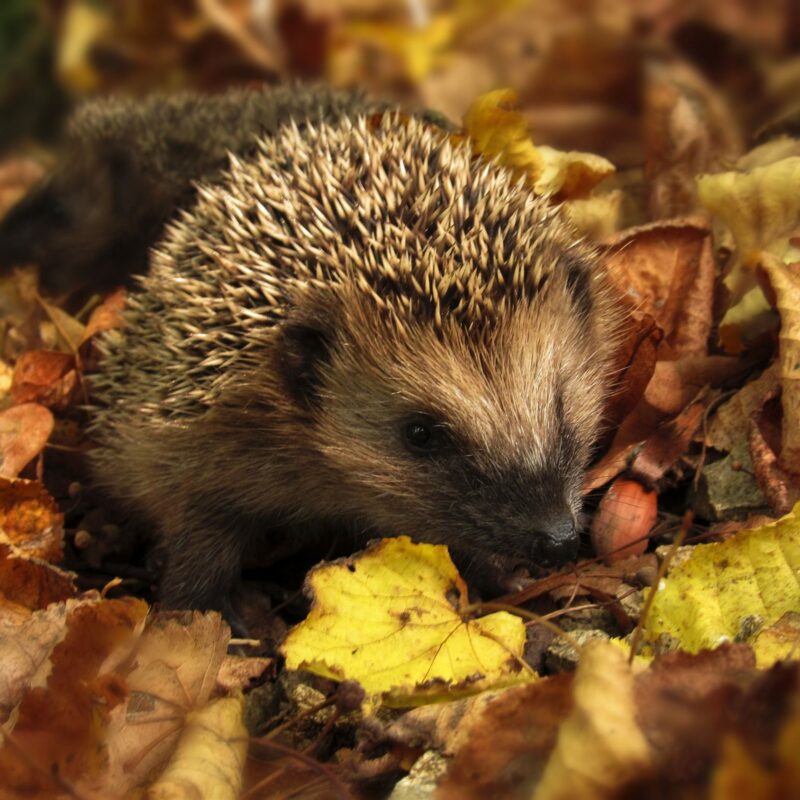
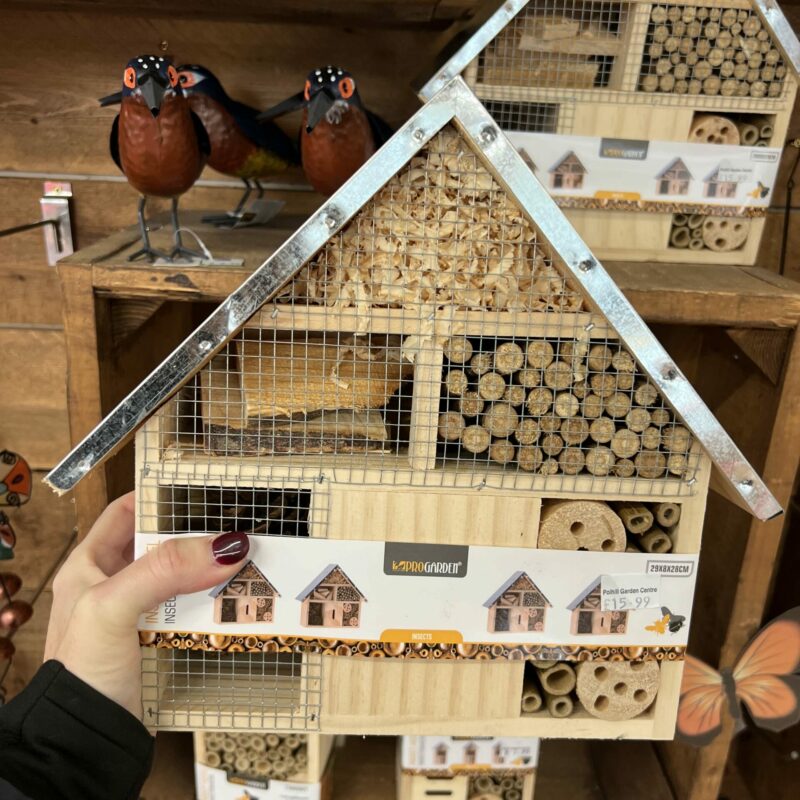
With the real mix of weather, it may be difficult for birds to find natural sources of food. So, if you can provide a good food source such as fat balls or a bird feeder filled with a good mix to encourage different species, they will definitely appreciate it. They also need access to clean, fresh water, so if you don’t have a bird bath, leaving out a bowl at a good height will do the job.
March is also a time where our spikey residents emerge from hibernation, anything we can do to help friendly hedgehogs will be super beneficial as sadly a lot of their habitat has been lost due to housing developments.
You may have heard the term of hedgehog corridors, a small gap that we can all make in our garden fences for hedgehogs to move around. This allows them to forage for a more diverse range of food and to find appropriate nesting sites.
It’s also the perfect month to celebrate UK wildlife, with key dates such as World Wildlife Day on the 3rd March and Learn About Butterflies Day on 14th March, so for all Polhill Plus members you can save 10% across our Insect boxes.

